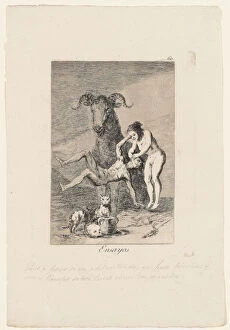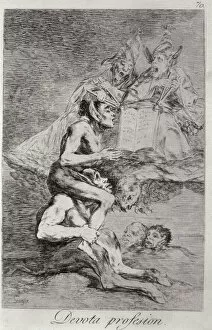Francisco José De Goya Y Lucientes Collection (#3)
Francisco José de Goya y Lucientes, a renowned Spanish artist of the 18th and 19th centuries, left an indelible mark on the art world with his diverse range of works
All Professionally Made to Order for Quick Shipping
Francisco José de Goya y Lucientes, a renowned Spanish artist of the 18th and 19th centuries, left an indelible mark on the art world with his diverse range of works. One of his most famous paintings is "The Naked Maja, " created around 1800. This provocative piece showcases Goya's mastery in capturing the human form with sensuality and realism. In contrast to this sensual masterpiece, Goya also painted a portrait of Field Marshal Arthur Wellesley, known as the 1st Duke of Wellington. Completed in 1814, this portrait exemplifies Goya's ability to capture not only physical likeness but also the personality and character of his subjects. Goya's artistic prowess extended beyond traditional portraiture and into more imaginative realms. His work "Ridiculous Dream" from 1819-1823 displays his unique ability to blend fantasy with social commentary. Through dreamlike imagery, he critiques societal absurdities and challenges conventional norms. Another notable series by Goya is "Los Caprichos, " which includes Plate 80 titled "It is time. " Created in 1799, this print reflects Goya's satirical approach towards society's vices and follies. Glimpses into everyday life can be found in works like "Boys Playing at Soldiers, " an oil painting dating back to c. 1775-99. Here we see a glimpse into childhood innocence amidst tumultuous times. Continuing with Los Caprichos series, Plate 60 titled "Trials" offers a biting critique on justice systems through darkly humorous imagery that highlights their flaws. Plate 25 from Los Caprichos titled "If he broke the pot" further explores human folly through its depiction of foolish actions leading to consequences. One cannot discuss Francisco Goya without mentioning one of his most iconic pieces - La Maja Desnuda (The Naked Maja).



















